Horticulture
Horticulture
Tim Ripp, Horticulture Educator
505 Broadway
Baraboo WI 53913
Phone: 608-355-3253
trripp@wisc.edu


Master Gardener Program
Interested in becoming a Master Gardener?
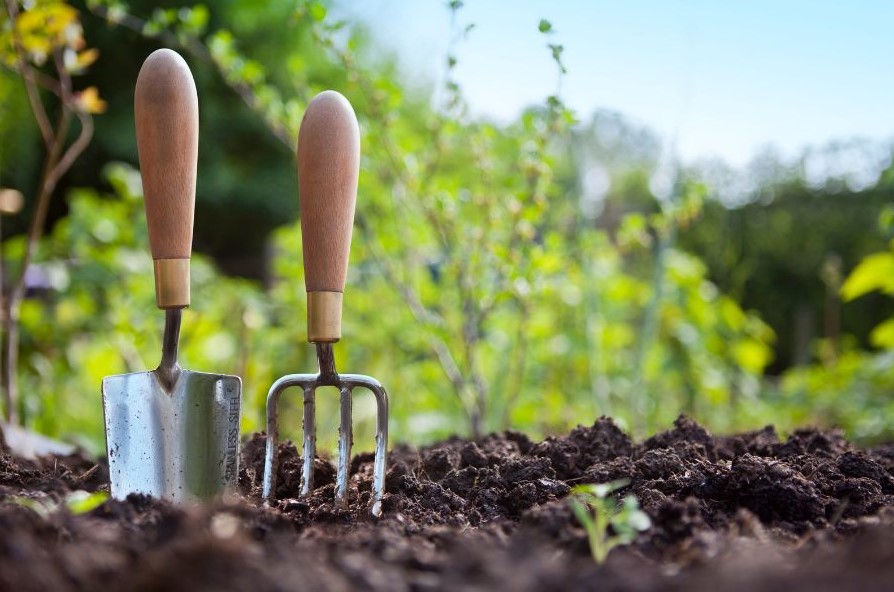
Ask a Gardening Question
Do you have a gardening question? Click below and ask.

Ask your Gardening Question LIVE
Join online every Monday at 1:30pm

Webinars for you!
Free Webinars

Common Pests
Common Pests

UW Soil & Plant Analysis Laboratory
Learn more click below
Secrets Every Horticulturist Should Know
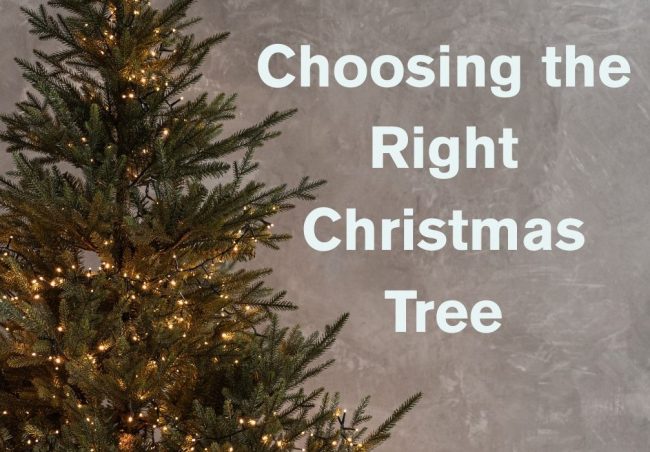
Choosing the Right Christmas Tree
‘Tis the season for seasonal holiday cheer, including live Christmas trees. Christmas trees offer consumers a chance to bring nature indoors for a few weeks each December. Whether you choose a pre-cut tree available at a local tree lot or garden center or cut your own tree from a farm, you will have several tree species to choose from.
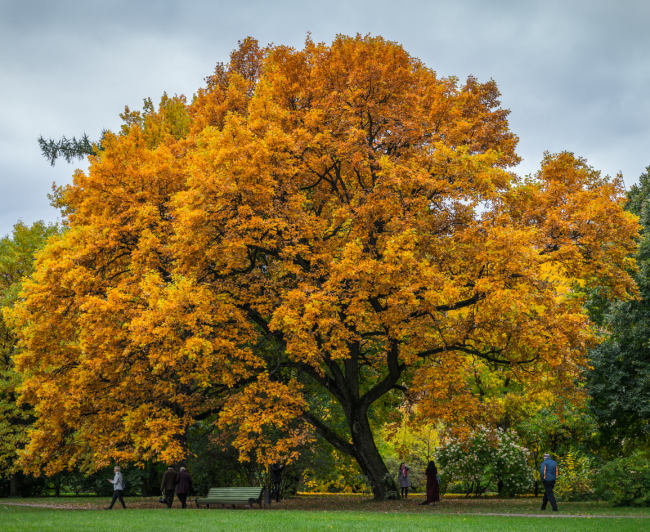
Gardening with Native Plants: November Leaves and Grasses
November is an ideal time to protect garden life by leaving plants untrimmed and fallen leaves in place. In this month’s column, native plant garden curator Susan Carpenter shares examples of insects, such as the snowberry clearwing moth in the second photo, that can benefit from “leaving the leaves.” She also highlights several native grass species to consider adding to your garden. Read the column: http://arboretum.wisc.edu/…/gardening-with-native…/
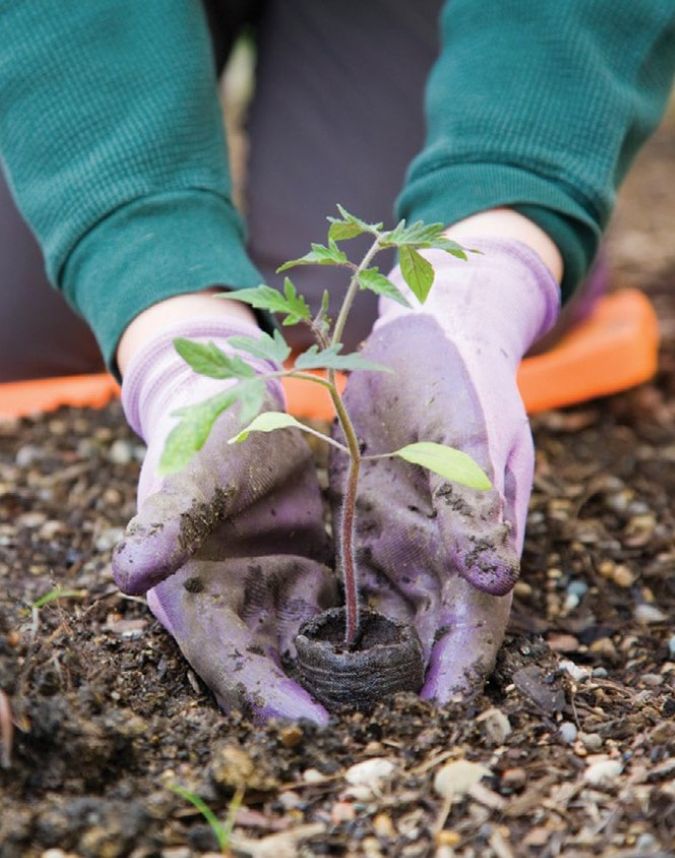
Lead in Home Garden Soil
Home gardening is increasingly popular, especially in cities and towns, and is a great activity through which to connect with the outdoors, get kids interested in nature, and produce your own food. But lead in garden soil can pose health risks to gardeners and to those who eat the garden’s produce.

Is My Ash Tree Worth Treating for Emerald Ash Borer? – Wisconsin Horticulture
High value ash trees are candidates for treatments for emerald ash borer. Authors: PJ Liesch, UW Entomology Last Revised: 04/01/2025 This article addresses some of the most frequently asked questions regarding the treatment of ash trees for emerald ash borer (EAB), and the removal and disposal of infested trees. hort.extension.wisc.edu
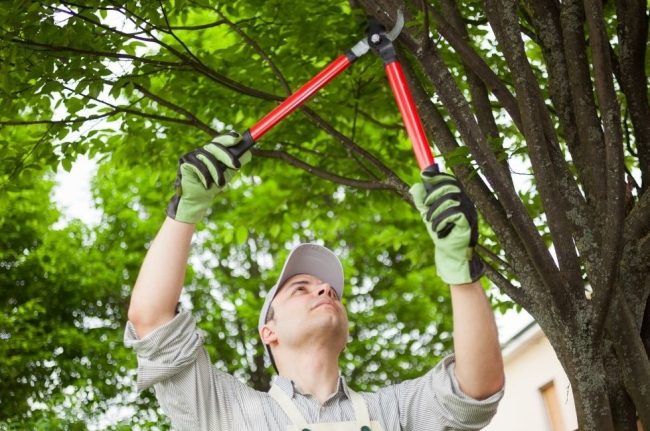
Timing for Pruning Oaks
The pruning season for many woody plants has been especially difficult to determine this year as the temperatures have swung wildly between frigid and too warm for pruning certain species. Temperature is critical in determining when it is safe to prune oak trees. This is due to the activity of the beetles that carry oak […]
RELATED HORTICULTURE LINKS OF INTEREST
- UW Madison Divison of Extension Horticultural Publications
- PBS Wisconsin- Gardening
- Division of Extension- Wisconsin Horticulture
- Wisconsin Department of Natural Resources (DNR)
- USDA Plants Database
- Weed Science Society of America

